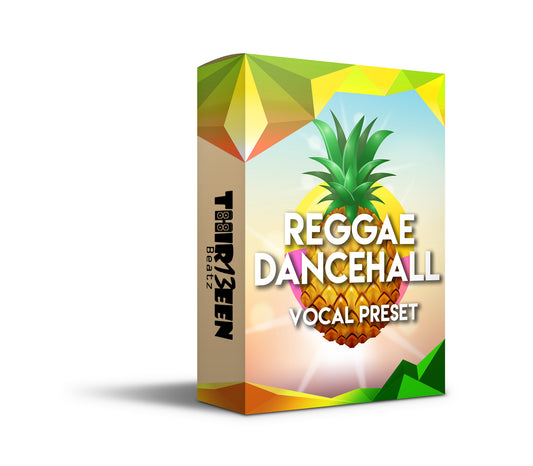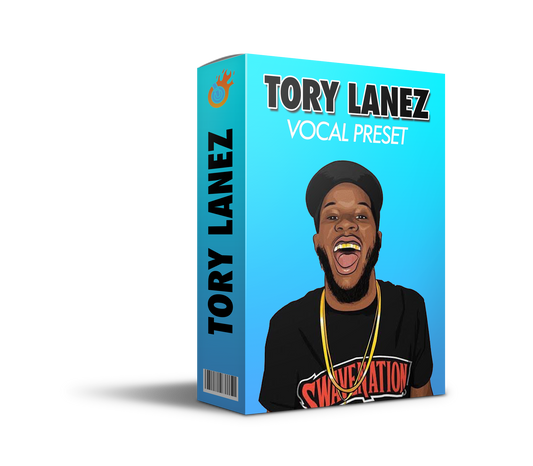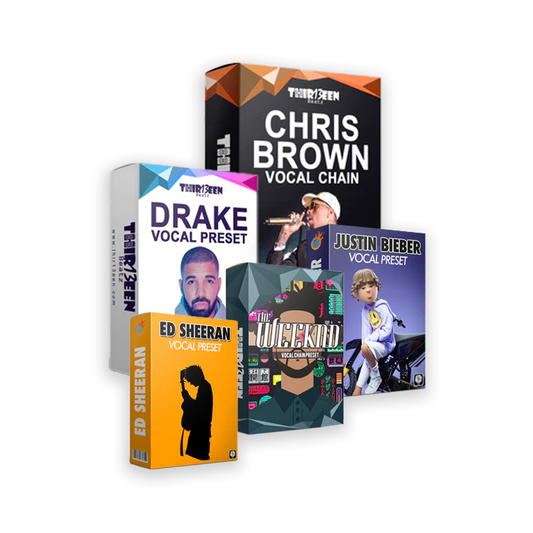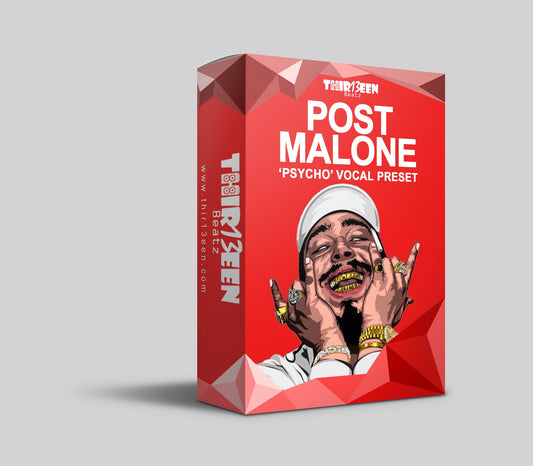In the world of music, vocal compression is a process that many musicians use to make their tracks sound fuller and more balanced. But what is vocal compression, and how does it work? In this blog post, we'll answer those questions and give you a few tips on how to use vocal compression in your own music. Stay tuned!
1. What is vocal compression and what does it do?
When you sing into a microphone, the vocal recording sounds nice and full. But when you listen to it on your headphones or in your car, there are all kinds of dynamics in play that make each moment sound different. That is because sound naturally gets louder and softer based on how close or far away something is from the source of the sound. These dynamics, or loud and soft sounds, can be very distracting and might make it harder for the most important words in your song to shine above everything else.
Vocal compression is a tool that is used to even out those dynamics so the louder moments don't overpower the softer ones. It does this by increasing the volume of quieter parts of your vocal track and by decreasing the volume of louder parts of your vocal track. In this way, it makes each moment in the recording sound closer to the same volume level, which can make a huge difference in how balanced and full your voice sounds on a speaker or a headphone.
2. Why should I use Vocal Compression?
Vocal compressing can be a great way to make your music sound larger and more full. Because compressing reduces the volume of everything that is above a certain level, it can help you keep all of your lyrics/music in a nice, consistent space.
But vocal compression is not a weapon to be used indiscriminately. In fact, over-compression can actually ruin the sound of your vocal track in a number of ways, so be careful when compressing.
3. How to use a compressor in vocal production?
Now that you know what vocal compression is and why you might want to use it in your music, let's take a look at how to actually use a compressor in your vocal production.
The first thing you need to do is find a compressor plugin. If you're using Ableton Live, for example, there are a number of different compressor plugins that you can use. Once you've found a plugin, open up your vocal track and add the compressor to it.
Now, there are a lot of different settings on a compressor, so it can be tricky to know how to set it up properly. But a good place to start is with the threshold setting.
The threshold setting is the level at which your compressor starts compressing. Any sounds below this threshold will be unaffected by the compressor, but any sounds above it will be affected. To start with, set your threshold so that you can hear what your compression is doing to your vocal track when you sing quietly and loudly. If you're not hearing any changes, try raising the threshold a bit.
Once you've found a good level for your threshold, adjust the ratio so that it sounds good to your ears. For most types of music, you probably don't want it set above 3:1 or 4:1. Once you have those levels set properly, play with the attack and release times to find a setting that you like.
The attack time is the amount of time it takes for the compressor to start compressing after it detects a sound above the threshold level. The release time is how long it takes for the compressor to stop compressing after the sound falls below the threshold again.
4. Compressor settings for vocals
Now that you know how to use vocal compression, here are some tips for setting up your compressor that may help with vocal production.
- Compress the vocal-only! It is usually best if you compress just the vocal track and not everything else in your song. This will allow you to be more subtle with your vocal compression settings, which can be beneficial.
- If you're mixing, vocal compression is usually not needed on the master track. In many cases, vocal compression can make a mix sound worse if it is applied to the master track.
- Keep your dynamic range! While vocal compressors are often used to reduce vocal dynamics and create a larger sound, this shouldn't be done at the expense of the vocal's dynamic range. Make sure you keep some variation in volume so that your vocal doesn't sound too robotic or lifeless.
- Use a lower threshold setting for softer vocals and a higher threshold setting for louder vocals. This will ensure that all of your vocal dynamics are being affected by the compressor.
- Be careful with the ratio setting! If you set the ratio too high, it can start to make your vocal track sound unnatural or distorted. Try starting with a ratio of 3:1 or 4:1 and adjust from there.
- Use the attack and release times to control the dynamics of your vocal track. A slow attack time will let the compressor take its time to respond to the vocal, while a fast attack time will cause the compressor to react more quickly. A slow-release time will keep the vocal sounding smooth, while a fast release time will cause the compressor to stop compressing quickly.
- Listen to your vocal track! The best way to find the right compressor settings for your vocal track is to listen to it and make adjustments until it sounds good to you.
- Experiment! There is no one perfect way to set up a vocal compressor. Try different settings and see what works best for your vocal track.
5. Examples of compressors used in popular music today
While vocal compression has been around for a long time, it is still being used in popular music today. Here are a few examples of compressors that are commonly used in vocal production.
- dbx 286s
- SSL G-Series Compressor
- Tube-Tech CL 1B
- Manley Variable Mu Limiter/Compressor
- Universal Audio 1176LN
Each of these compressors has its own unique set of features and settings, so be sure to experiment with them to see which one works best for your vocal track.
6. A list of common mistakes that people make when using a compressor
- Not using a vocal compressor on the vocal track
- Applying vocal compression to the master track
- Reducing the vocal's dynamic range
- Using a compressor with too high of a ratio
- Not listening to their vocal track before making adjustments
- Not experimenting with different compressor settings
Vocal compression is a process that many musicians use to make their tracks sound louder and more balanced. It does this by limiting the dynamic range of an audio signal, which can have negative impacts on some instruments but not others. If you want your voice to stand out in the mix without being overpowered by other things, you might want to use a compressor. Just remember to turn it off for any instrument where you don't need it.









